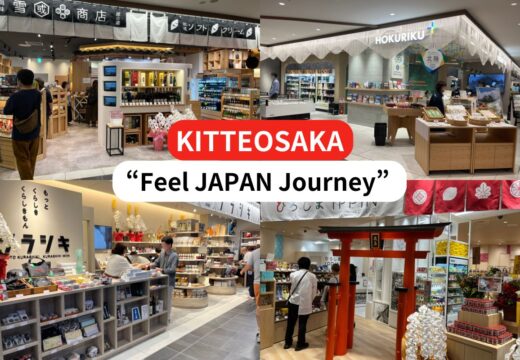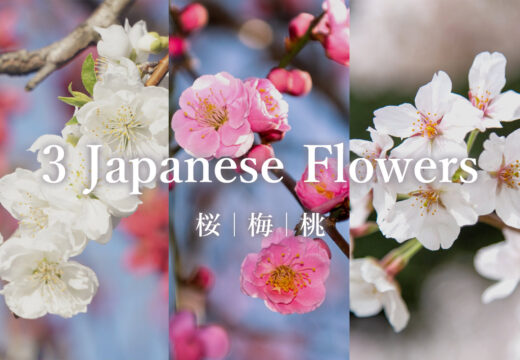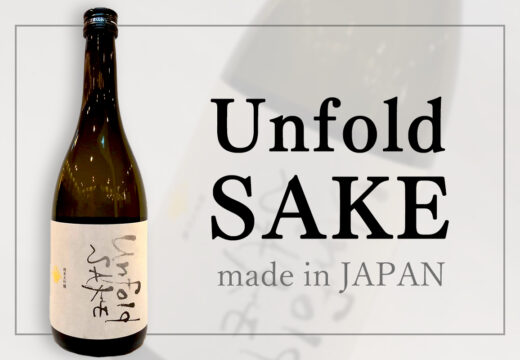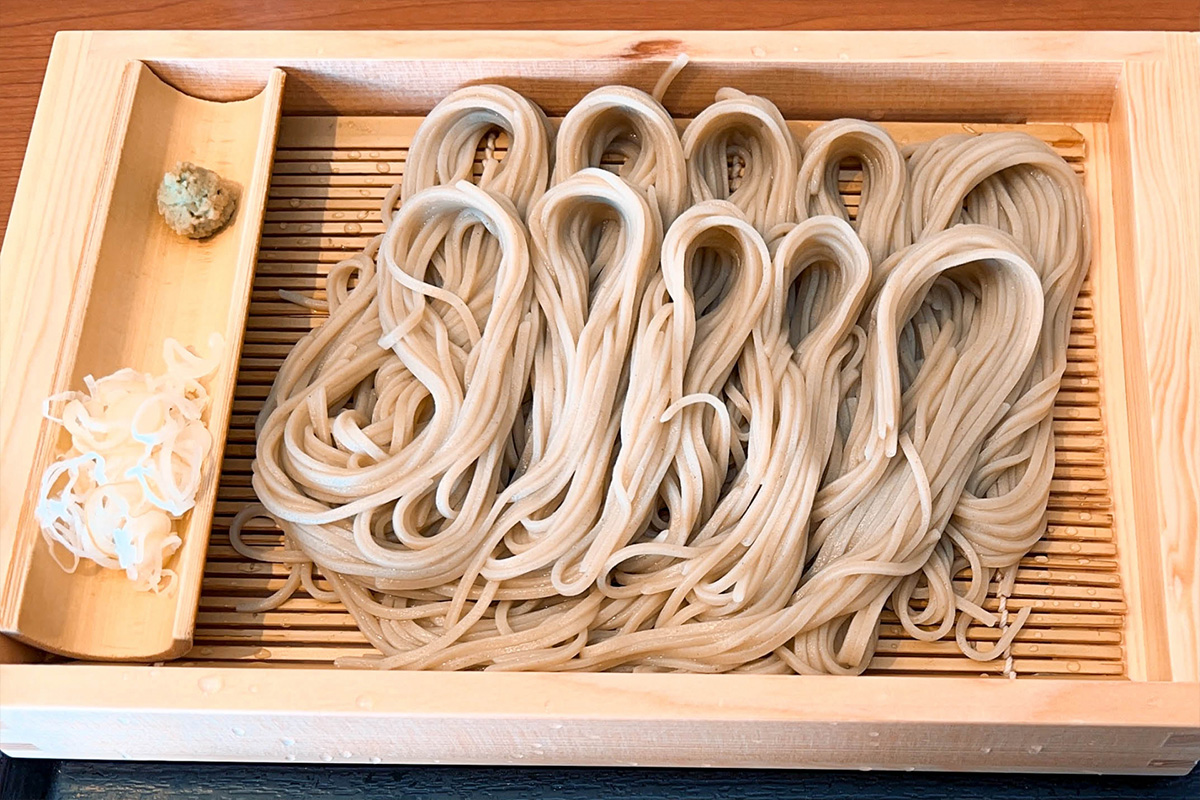
Summer in Japan is very hot. The temperature is high, but the humidity is also high, making it feel very hot.
In such a summer, cold and thirst-quenching noodle dishes are very popular.
Today, I will introduce five cold Japanese noodle dishes that you can try during your summer sightseeing.
1.Morioka Reimen(Iwate)
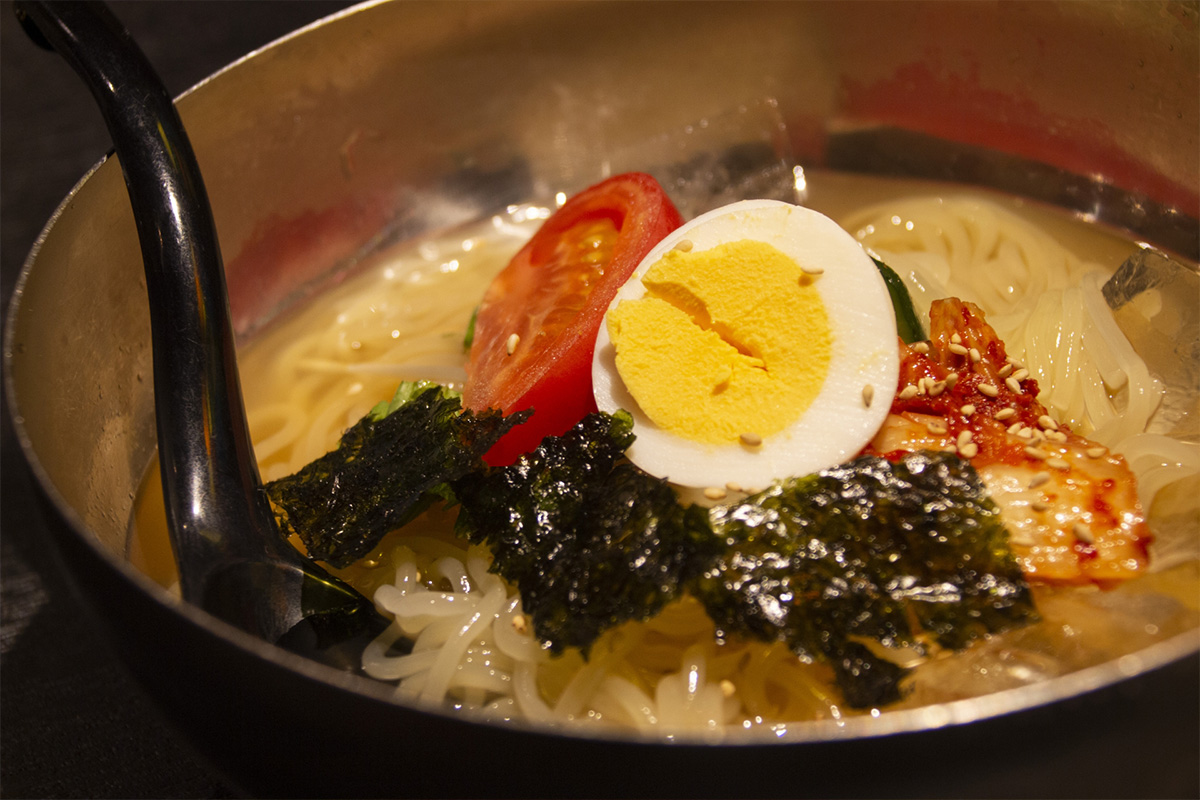
Morioka Reimen were created in 1954. It is a type of cold noodle.
The noodles, made from a combination of wheat flour and potato starch, have a smooth texture that is perfect for hot summer days. The cold soup, made from beef broth and other ingredients, is rich and concentrated with the umami of beef.
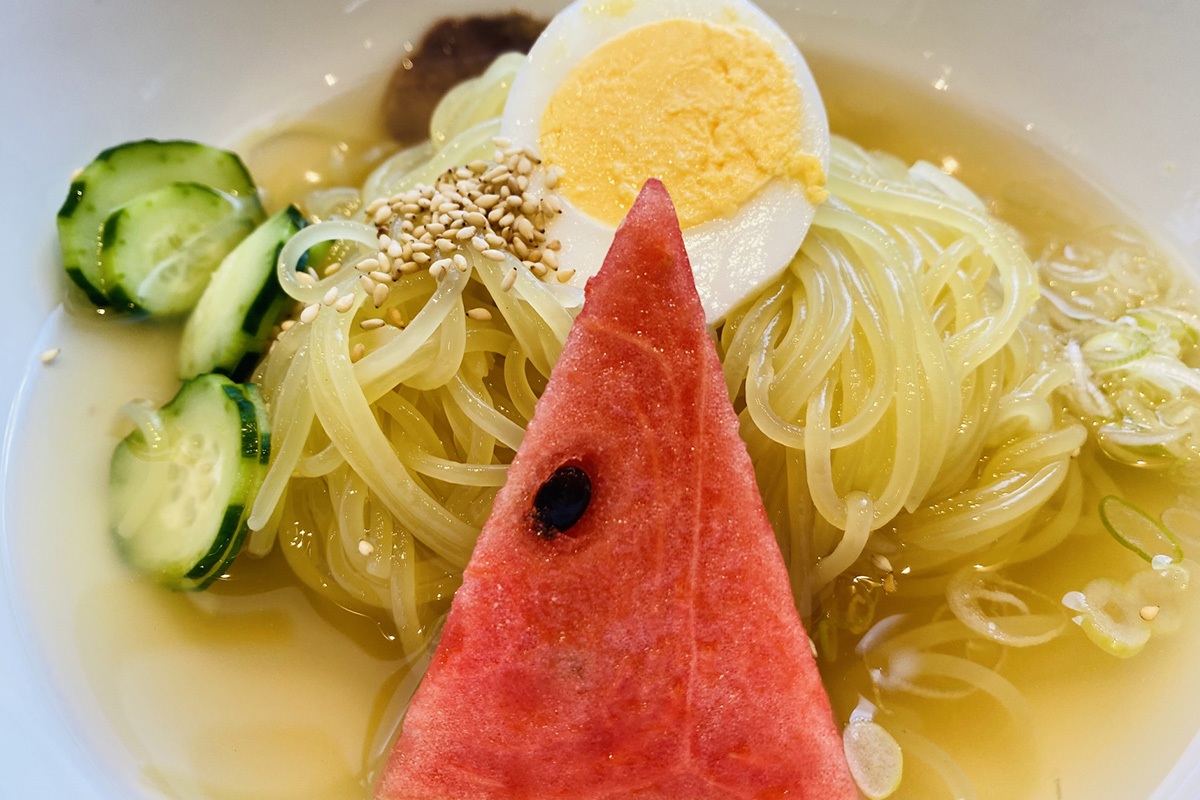
In addition to kimchi, toppings include eggs, beef muscle, watermelon, and other types of toppings, depending on the restaurant!
Reimen is originally a Korean food.However, there are several differences between Morioka Reimen and Korean cold rice noodles.
Korean cold noodles are made from buckwheat flour, which makes the noodles dark and easy to chew through. Morioka Reimen, on the other hand, is made of wheat flour.
Morioka Reime is a Korean-style cold noodle dish that has been modified to make it more palatable for Japanese people!
Incidentally, Morioka Iwate Prefecture is located in the northern part of Japan.
2.Chilled Ramen(Yamagata)
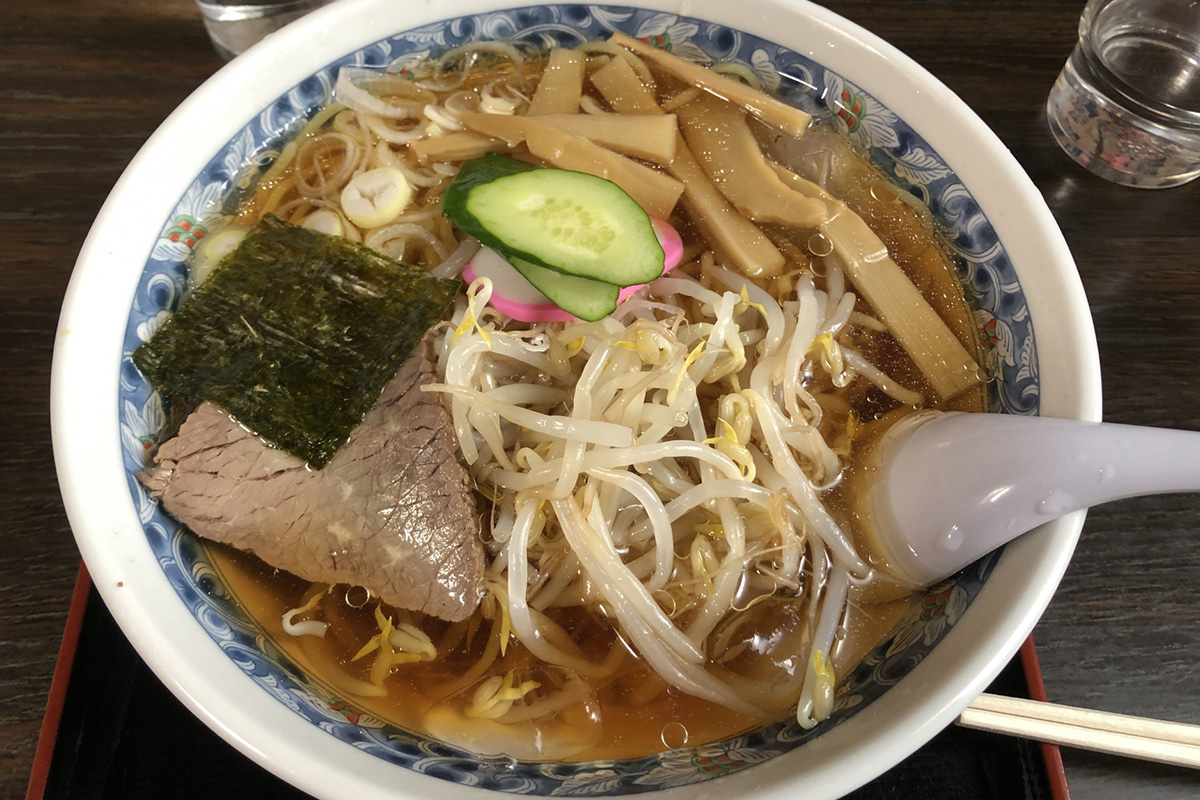
Next up is Yamagata Prefecture’s “chilled ramen”.
As the name implies, both the soup and noodles are chilled, and in some restaurants, ice is floated on top.
A dish similar to chilled ramen is called “chilled chuka(In Japanese, it is called Hiyashi chuka.),” but chilled chuka is characterized by a soup with less liquid and yet with a sour taste.
Chilled ramen is similar to regular ramen, with the noodles dipped in a generous amount of broth.
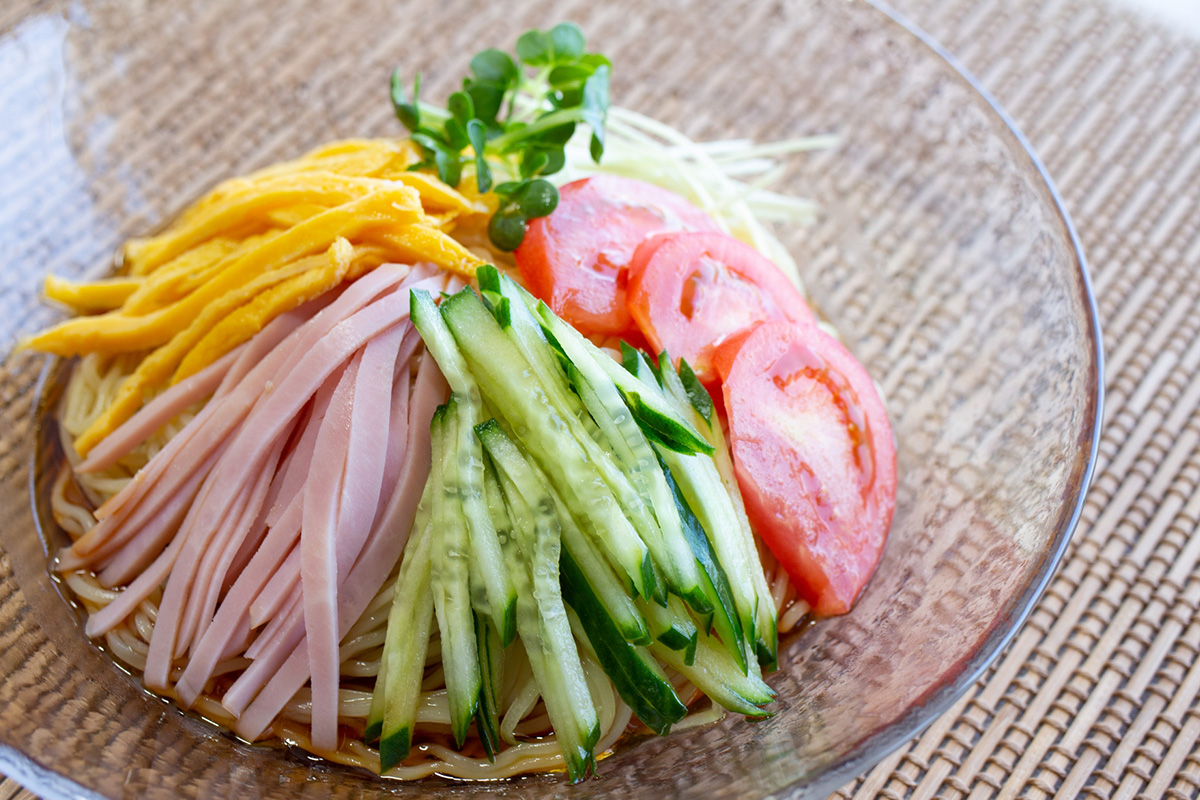
By the way, this is Hiyashi chuka.
Yamagata Prefecture is located in a basin, and temperatures as high as 40.8 degrees Celsius were observed in July 1933. The demand for ramen dropped, which led to the development of this “chilled ramen”.
Yamagata Prefecture is here on the map.
3.Hegi-Soba (Niigata)

There are many places in Japan famous for soba (Japanese buckwheat noodles).
Hegisoba is a type of buckwheat noodle that originated in Niigata Prefecture, Japan.
There are two differences from regular soba noodles. The first difference is the use of seaweed called “hunori” as a binding agent, which gives the soba noodles a smooth, smooth texture unlike soba noodles from other areas.
And second, they are rounded up and served in small, bite-sized portions.
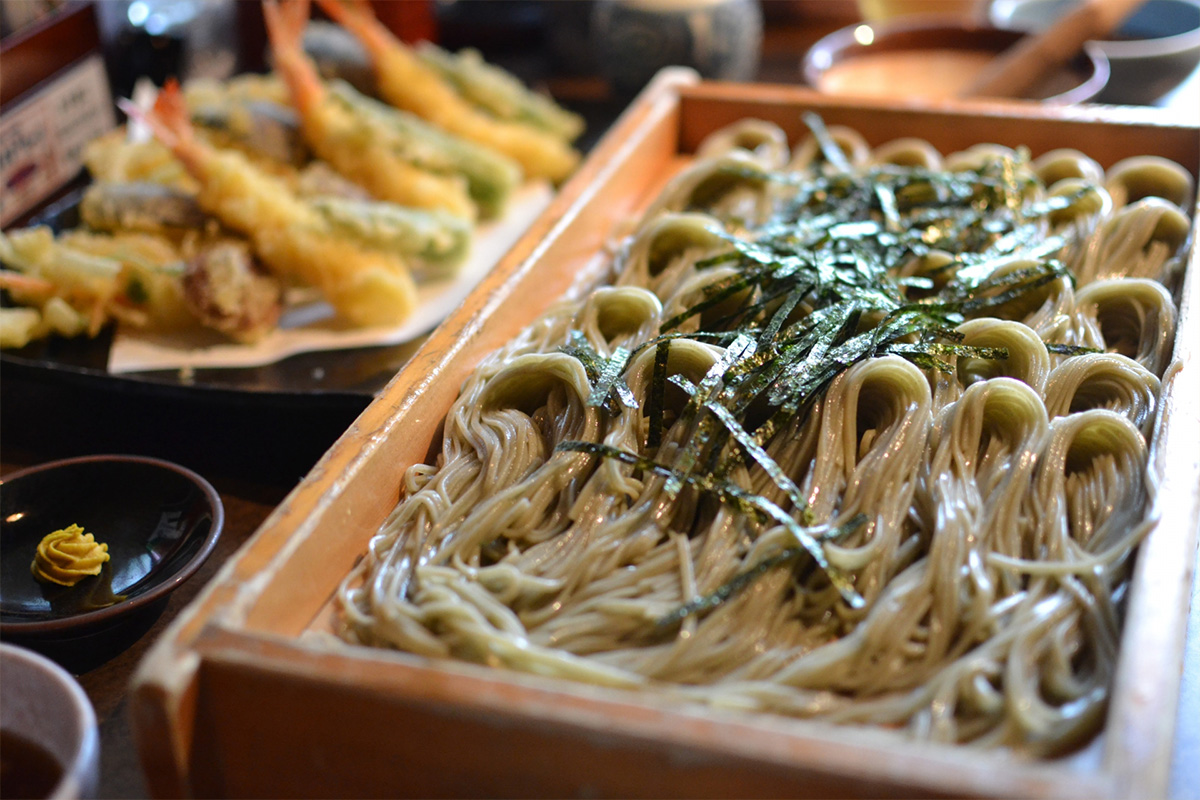
Soba is generally served with wasabi as a condiment, but since wasabi was not available in the region where hegisoba was born, it was served with mustard in the past.
Nowadays, you can choose wasabi or mustard depending on the restaurant.
By the way, Niigata Prefecture is this area on the map.
4.Mizusawa udon(Gunma)
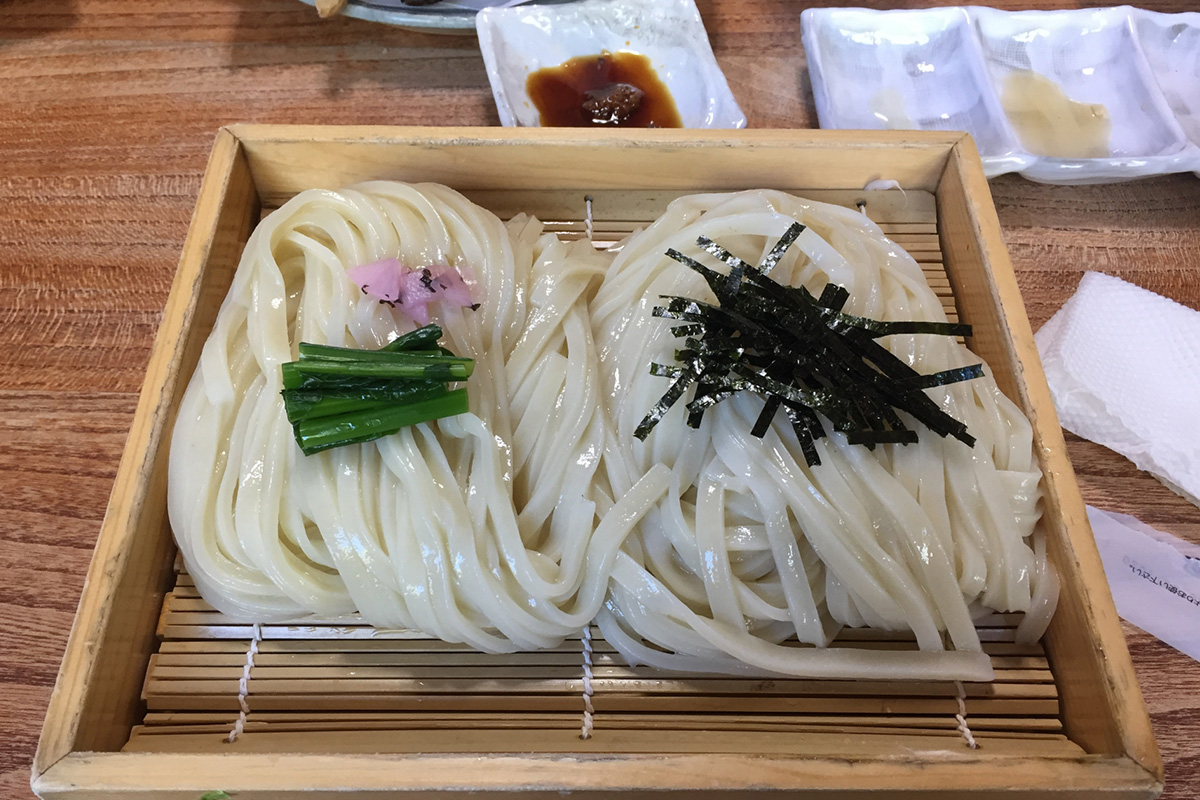
Mizusawa udon is one of the three major types of udon in Japan. It is characterized by its thick, satisfying noodles and translucent color.
As mentioned in my previous article “5 Japanese Local Udon Noodles,” these udon noodles have a long history, dating back 400 years, when they were first made for temple visitors.
It is still made in the traditional way, using only flour, salt, and water from Mizusawa.
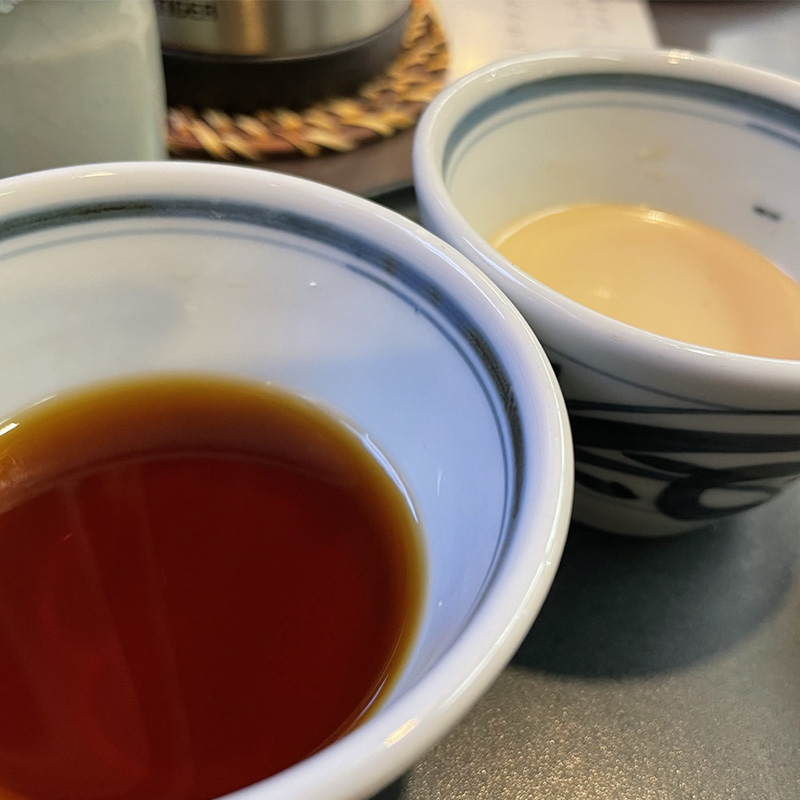
Udon is generally eaten with fish broth-based sauce, but Mizusawa udon can also be enjoyed with soy sauce sauce sauce, sesame sauce sauce, or other unusual sauces, depending on the restaurant.
5.Olive Somen (Shodoshima)
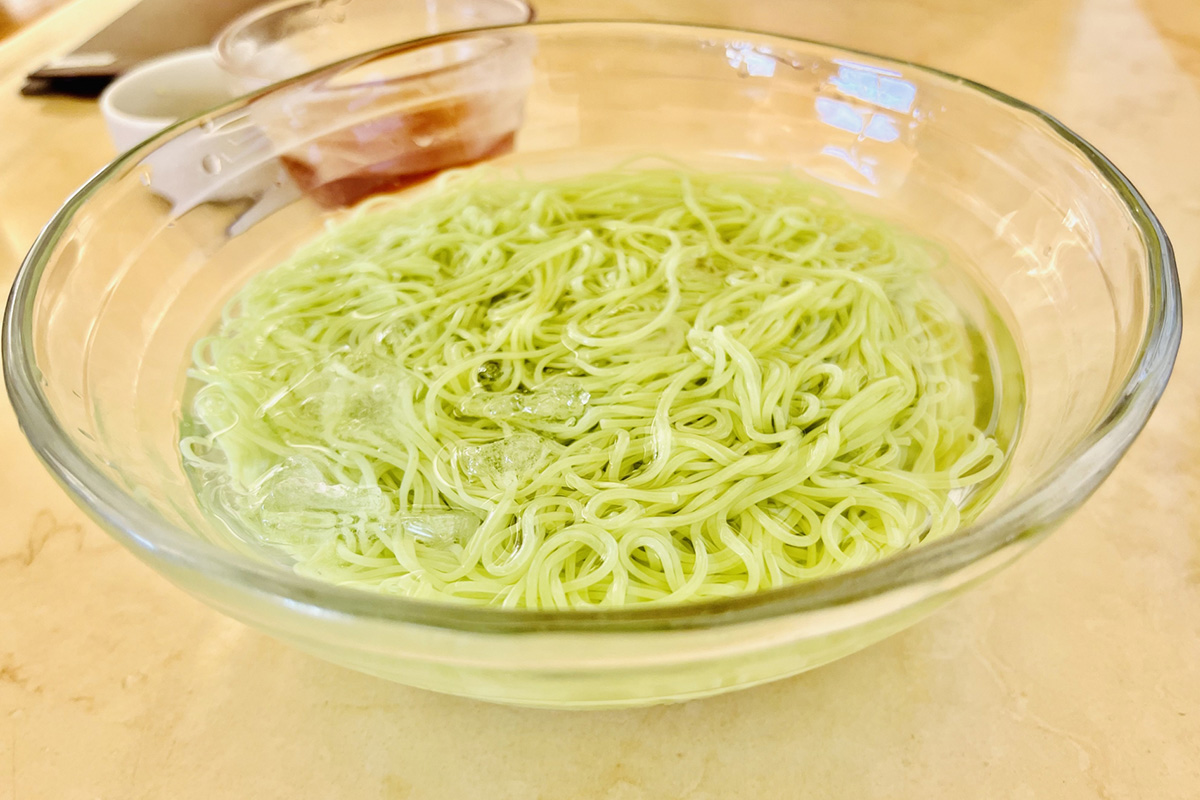
A very beautiful green somen noodle kneaded with olive fruit, a specialty of Shodoshima.
Hand-made “hand-pulled somen” has a history of more than 400 years on Shodoshima.The somen noodles made by drying them in the sun in the clear air have a very elegant taste and are popular as gifts.
I went to Shodoshima last December for sightseeing. I also wrote an article about it, so check that out too.
Shodoshima has a mild climate and is full of delicious food. Since it is an olive-growing area, you can enjoy other dishes using olives.



